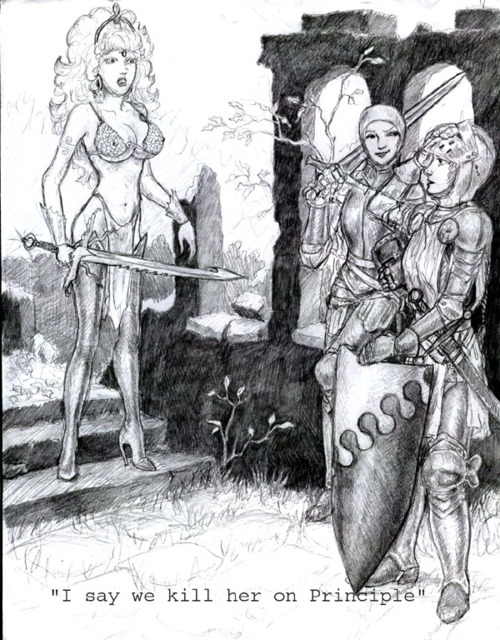Fantastic Fighting Style: Quite a few.
The common characteristic of almost all of them, it should be noted, given the Imperial sensibilities towards casual violence, is that almost all of them are militantly unsuitable for “social” fighting. There are sparring forms, but still. These are killing arts, even the ones taught for self-defense, and no-one pretends differently.
Starting with the most common and simply named of them, we begin with Legionary armatura, the official fighting style of the Imperial Legions. As such, of course, it is an aggressive, offense-oriented style focused on efficacious, efficient maiming and killing, designed to be very good at utilizing weaknesses and very ungentlemanly, by which I mean appallingly Combat Pragmatic, moves – the distillation of literally millennia of dirty tricks.
Given the aforementioned Imperial sensibilities towards casual violence, it should also not surprise anyone that it’s the source of the basic forms taught to everyone for self-defense – it being considered that amateurs can’t afford to muck about with the more complex arts the constabulary use for capture and restraint, and should save their damn lives by putting their attacker down now.
It also has some other specialized offshoots, such as Military Zero-G – which is a combination of the armatura with freefighting, a martial art specifically designed for microgravity, and indeed with optimized forms for those clades which find four arms a much better option than having legs under such circumstances – and Piston-Driven Fist Form, which is Legionary armatura revised for use by people wearing a half-ton of powered combat exoskeleton, to name the most notable.
Other well-known arts, apart from freefighting, include the Dance of Fang and Claw (a natural-weapons-focused style for quadrupeds with sharp claws and sharper teeth); Moonlight and Shadows Form (a style emphasizing silence, invisibility, and subtlety, favored by spies and assassins); Elegant Twin-Blade Warrior Style (for duelists, who need to look rather sharper at the kill than Legionary armatura permits); Silken Courtesan Style (the defensive art of the courtier and courtesan, concentrating on grace, improvised weapons, countering assassin techniques, and staying alive while unarmored; see also Waif-Fu); and Synthetic Heroism Methodology (kung-fu specifically optimized for robots).
But even this merely scratches the surface. A culture which believes that even unfortunate necessities must be done well, and with beauty, develops – shall we say – a lot of martial arts…

